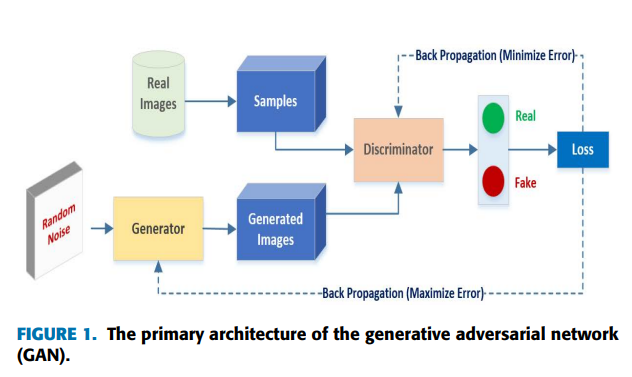Breadcrumb
Positive selection as a key player for SARS-CoV-2 pathogenicity: Insights into ORF1ab, S and E genes
The human β-coronavirus SARS-CoV-2 epidemic started in late December 2019 in Wuhan, China. It causes Covid-19 disease which has become pandemic. Each of the five-known human β-coronaviruses has four major structural proteins (E, M, N and S) and 16 non-structural proteins encoded by ORF1a and ORF1b together (ORF1ab) that are involved in virus pathogenicity and infectivity. Here, we performed detailed positive selection analyses for those six genes among the four previously known human β-coronaviruses and within 38 SARS-CoV-2 genomes to assess signatures of adaptive evolution using maximum likelihood approaches. Our results suggest that three genes (E, S and ORF1ab genes) are under strong signatures of positive selection among human β-coronavirus, influencing codons that are located in functional important protein domains. The E protein-coding gene showed signatures of positive selection in two sites, Asp 66 and Ser 68, located inside a putative transmembrane α-helical domain C-terminal part, which is preferentially composed by hydrophilic residues. Such Asp and Ser sites substitutions (hydrophilic residues) increase the stability of the transmembrane domain in SARS-CoV-2. Moreover, substitutions in the spike (S) protein S1 N-terminal domain have been found, all of them were located on the S protein surface, suggesting their importance in viral transmissibility and survival. Furthermore, evidence of strong positive selection was detected in three of the SARS-CoV-2 nonstructural proteins (NSP1, NSP3, NSP16), which are encoded by ORF1ab and play vital roles in suppressing host translation machinery, viral replication and transcription and inhibiting the host immune response. These results are insightful to assess the role of positive selection in the SARS-CoV-2 encoded proteins, which will allow to better understand the virulent pathogenicity of the virus and potentially identifying targets for drug or vaccine strategy design © 2021




